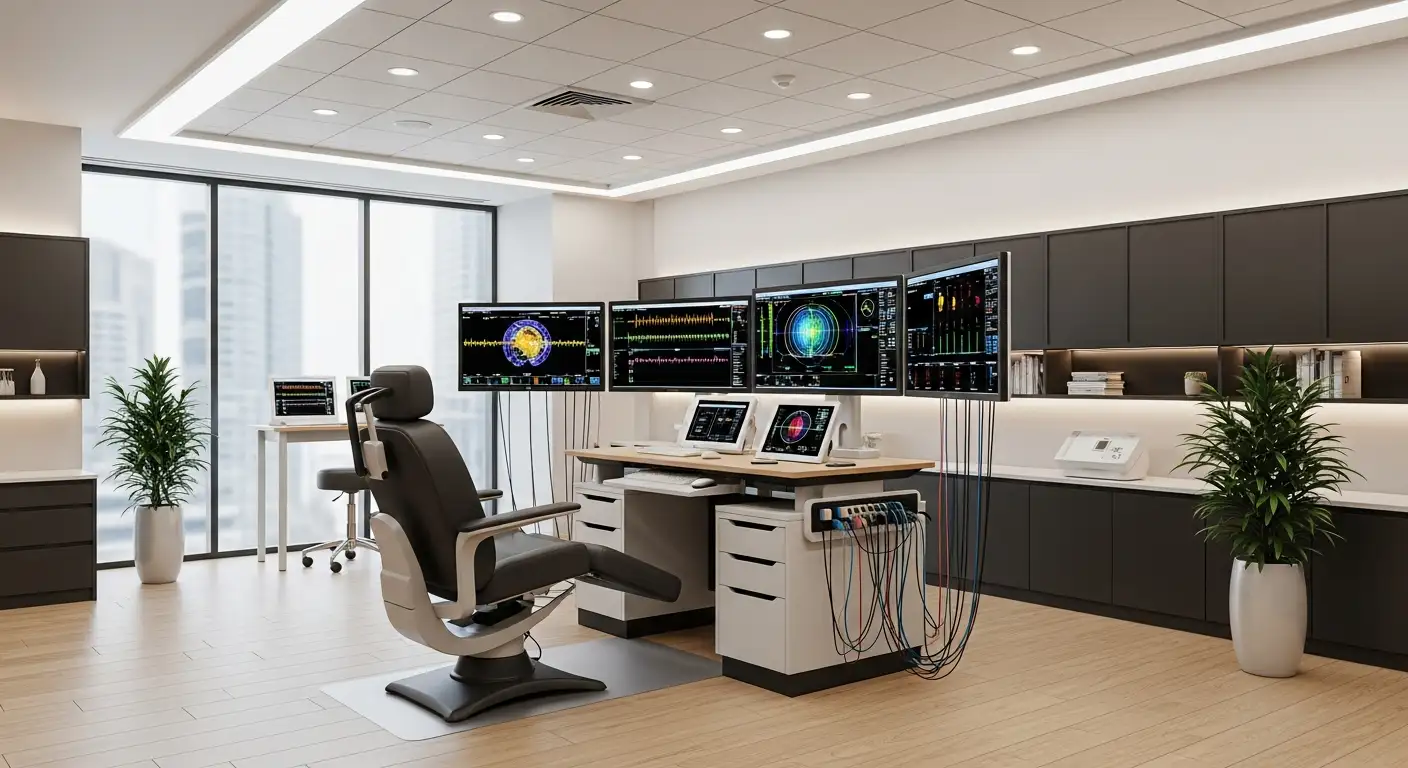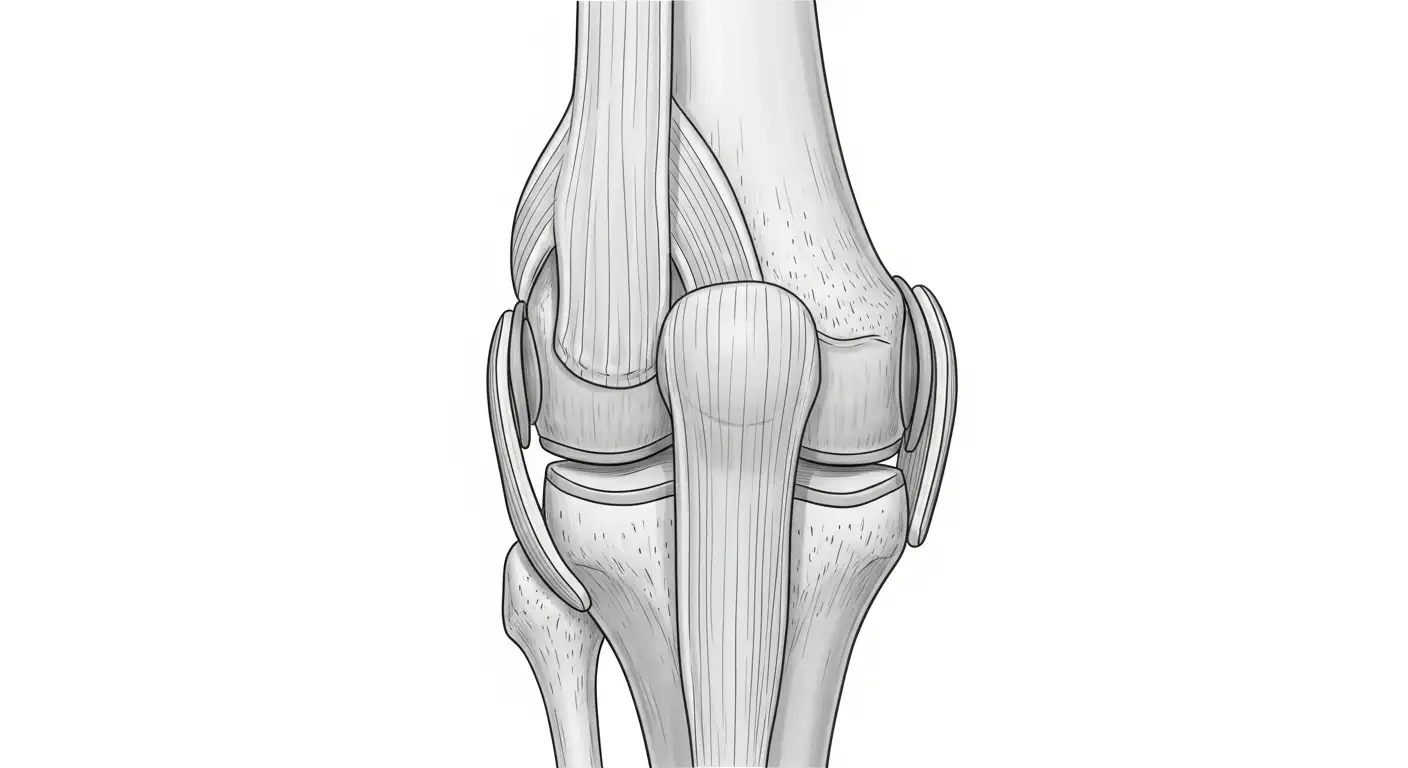Understanding Lateral Release Surgery

Purpose and Procedure
Lateral release surgery is a minimally invasive procedure aimed at correcting excessive patellar tilt, which often leads to knee pain and instability. The surgery allows the kneecap to slip properly into its groove, restoring its normal alignment. The operation involves making an incision in the lateral stabilizing structures of the patella, particularly the lateral retinaculum. This structure connects the lateral patella to both the lateral femoral epicondyle and the iliotibial band.
In a typical lateral release, the surgeon carefully cuts the retinaculum. This procedure is frequently performed alongside medially based stabilization procedures to realign the patella effectively. The goal is to alleviate pain and imbalance in the patella, enabling better leg strengthening exercises post-surgery (Washington University Orthopedics).
Considerations for Surgery
Before undergoing lateral release surgery, several factors must be considered. The most common indications for the procedure include persistent knee pain that has not improved with nonsurgical methods, such as physical therapy, bracing, or medication. If these conservative treatments fail to alleviate symptoms, lateral release surgery may be warranted.
Patients should also consider their overall health, activity level, and expectations from the surgery. Each of these factors can impact the outcomes and recovery process. Proper preoperative assessments and discussions with healthcare providers will ensure that the surgery aligns with the patient's needs, leading to improved functionality and quality of life.
It's essential for patients to discuss potential complications and the benefits of the procedure in detail with their medical team. For those interested, more information regarding knee conditions can be found in related articles, such as knee locking up when bent or painless lump on outside of knee.
Factors to Consider Before Surgery
Before proceeding with lateral release surgery, it is crucial to carefully consider various factors. This includes understanding the indications for the surgery, any necessary precautions, and important surgical considerations.
Indications and Precautions
Lateral release surgery may be indicated for patients who experience issues such as patellar misalignment and instability, particularly in cases of a partially dislocated (subluxated) kneecap. This surgery aims to address problems related to the lateral stabilizing structures of the patella. Common indications for this procedure include:
Indications for SurgeryDescriptionPatellar misalignmentImproper positioning of the kneecap within its groovePatellar instabilityFrequent dislocations or feelings of the knee giving wayChronic knee painPersistent discomfort when moving or bearing weight
Precautions must also be taken into account. Surgeons should evaluate the need for concomitant procedures if they are necessary, such as medial stabilization techniques. In addition, patterns of patellar and trochlear chondral wear must be assessed to ensure appropriate surgical intervention. Failure to address these factors may result in complications and suboptimal outcomes.
Surgical Considerations
When planning for lateral release surgery, specific technical aspects need to be considered thoroughly. It typically involves making three small incisions around the knee to access the lateral retinaculum, which connects the lateral patella to the surrounding structures. The key considerations include:
ConsiderationsImportanceHemostasisAchieving good hemostasis is crucial to minimize bleeding during the procedure.Retinaculum ReleaseSurgeons must avoid excessive or insufficient release of the retinaculum to ensure effective alignment of the kneecap.Cautery BurnsCareful attention must be taken to prevent cautery burns to surrounding tissues, which can complicate recovery.
Successful outcomes from lateral release surgery greatly depend on the technical application and adherence to the correct indications. It is essential for the surgeon to assess risk factors and develop a tailored surgical plan that showcases the patient's individual needs. For related knee conditions, consider exploring the articles on knee locking up when bent and painless lump on outside of knee.
Short-Term and Long-Term Complications
Understanding the potential complications associated with lateral release surgery is crucial for patients considering the procedure. Complications can be both short-term and long-term, affecting recovery and outcomes.
Managing Hemarthrosis
Hemarthrosis is a common short-term complication following arthroscopic lateral release surgery. This condition involves bleeding into the joint space, which can lead to swelling and discomfort. To manage hemarthrosis effectively, the following strategies are recommended:
Management TechniquePurposeRestReduces movement and irritationCompressionMinimizes swellingIce TherapyAlleviates pain and swellingPain MedicationControls discomfortAspirationRemoves excess fluid if necessary
Potential Long-Term Effects
While many patients may experience relief from knee pain through lateral release surgery, there are also potential long-term complications to consider. These might include:
These complications can impact recovery and functionality. Regular follow-up consultations with a healthcare provider will allow for better management of any persistent issues and adjustments in rehabilitation strategies. Patients are encouraged to commit to prescribed physical therapy for optimal recovery, as a lack of adherence may lead to delayed improvement and prolonged symptoms.
Benefits of Lateral Release Surgery
Lateral release surgery serves to address common knee issues, particularly those related to patellar alignment and stability. The benefits of this procedure can be significant for patients suffering from knee pain.
Pain Reduction
One of the primary benefits of lateral release surgery is pain reduction. The procedure is designed to correct excessive patellar tilt, which can lead to discomfort and instability in the knee. By allowing the kneecap to slip properly into its groove, the surgery restores normal alignment, effectively alleviating pain experienced due to misalignment (Knee Pain Centers of America).
Patients who undergo this minimally invasive surgical procedure often report a notable decrease in knee pain following recovery. In fact, a clinical study highlights that effective implementation of lateral release can lead to a significant reduction in pain levels for the right candidates (Source).
Study FindingsPain Reduction (%)Pre-surgery pain levels on a scale of 1-108.5Post-surgery average pain levels3.0
Improved Patellar Stability
Another significant advantage of lateral release surgery is the improvement of patellar stability. During the procedure, the surgical approach aims to correct any misalignment that contributes to patellar instability, specifically in cases of subluxation (partially dislocated kneecap). By enhancing the alignment of the knee joint, the surgery allows for better tracking of the patella in its groove, leading to improved stability (Knee Pain Centers of America).
As the stability of the patella increases, patients can engage in daily activities with greater confidence, significantly reducing the likelihood of knee locking or slipping. Patients who have previously experienced these issues can enjoy a restored function of the knee joint post-surgery.
Stability Improvement IndicatorsBefore SurgeryAfter SurgeryEpisodes of patellar instability4-7 per month0-1 per monthQuality of life score (1-10)58
Both pain reduction and improved patellar stability contribute to better overall knee function and enhance the quality of life for individuals suffering from knee pain. For those experiencing knee conditions such as a painless lump on the outside of the knee or knee locking up when bent, lateral release surgery may provide a valuable solution.
Post-Surgery Recovery
Recovering from lateral release surgery requires careful attention to timelines and expectations, as well as a commitment to physical therapy.
Timeline and Expectations
The recovery timeline for lateral release surgery can vary, but typical progression includes several key milestones. Initially, patients will have their knee in a brace locked at 30 degrees of flexion to stabilize the joint during the initial healing phase. The first post-surgery office visit usually occurs between 7 and 14 days following the procedure, allowing the physician to monitor progress (Washington University Orthopedics).
Following this visit, patients will gradually move into partial weight-bearing activities to minimize pain and swelling. Most individuals can expect to resume most regular activities, including sports, approximately three months after surgery. While some discomfort may still be present at this time, it should improve gradually, with maximal recovery generally achieved about one year post-surgery. The following table outlines the typical recovery timeline:
Recovery StageTimeframeInitial brace phase0 - 2 weeksPartial weight-bearing2 - 6 weeksReturn to regular activities3 monthsMaximal recoveryUp to 1 year
Physical Therapy Importance
Physical therapy plays a crucial role in the recovery process after lateral release surgery. Engaging in physical therapy exercises is essential for the success of the surgery. Failure to commit to a structured rehabilitation program can lead to delayed improvement, prolonged knee pain, fatigue, weakness, and swelling (Washington University Orthopedics).
Physical therapy focuses on strengthening the muscles around the knee, improving range of motion, and enhancing overall stability. Adhering to the prescribed exercises will help ensure that the surgery works efficiently and aids in the rehabilitation journey. Delaying or skipping physical therapy may hinder overall recovery and result in complications that could impact long-term knee function.
For additional insights on exercises beneficial during recovery, including hyperextended knee exercises and strengthening routines, patients are encouraged to consult their physical therapist.





